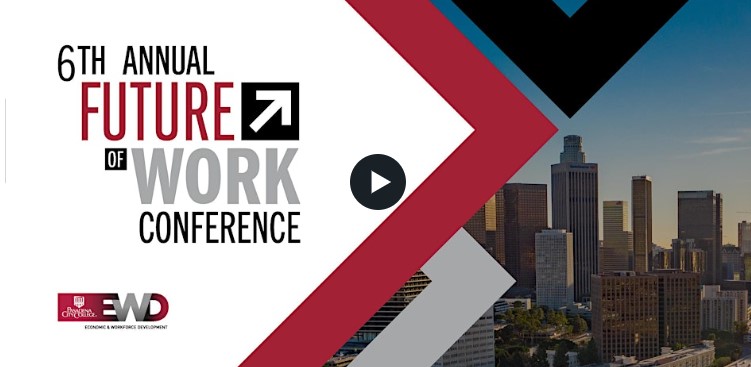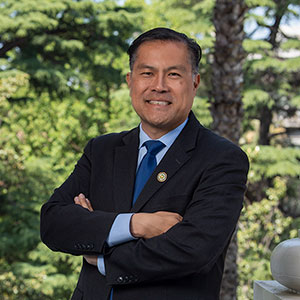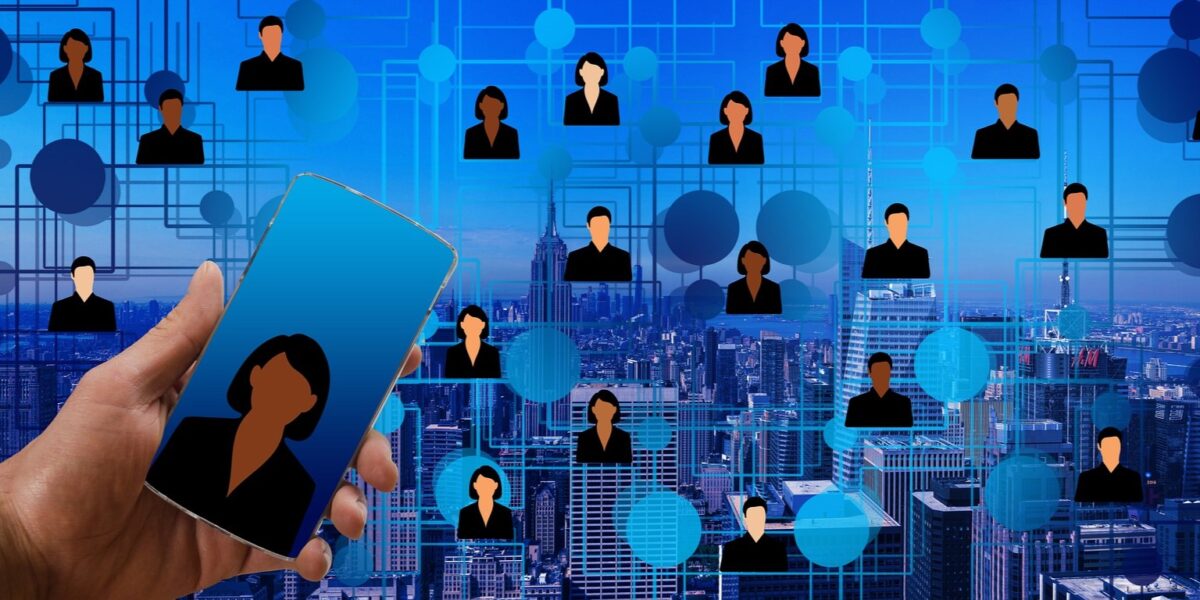Looking Ahead: Three EWD Developments in 2025
By all accounts, 2024 was a momentous year. The world grappled with inflation, war, and wild weather disasters, while America also endured a polarizing election cycle. As it comes to a close, numerous experts are making predictions about how 2024 events will translate into 2025 realities. By all of those accounts, 2025 will present equally challenging circumstances that will require patience, diligence, and fortitude to navigate.
The Agentic Workforce
Artificial Intelligence (AI) continues to lead most surveys as the driver of 2025 innovation and development. In 2024, organizations focused on embracing generative AI and instructional AI as they embedded those into their systems and programming. In 2025, AI becomes ‘agentic,’ and adds the capacity of autonomous decision-making to its many features. Agentic AI introduces iterative planning and sophisticated reasoning as tools to autonomously resolve complicated, multi-step problems. Using an agentic AI program adds a digital collaborative element to team activities, allowing human members to build innovations on digitally devised data foundations.
Four processes facilitate agentic AI functions:
1. Perception – The agentic AI program searches all available resources for relevant information, including sensors, digital interfaces, and databases. Images, documents, and programs are all open for evaluation based on the user’s specific inquiry or Project.
2. Reasoning – Using a large language model (LLM) facilitates agentic AI’s ‘thinking’ aspect. The LLM is designed to formulate the tasks, solutions, and strategies indicated by incoming data as those relate to the Project at hand. Additionally, ‘retrieval-augmented generation’ combines general knowledge data with enterprise-specific information to ensure that the company’s technological response is truly relevant and actionable.
3. Action – Directed by the combined analytics of in-house and real-world data, the agentic AI program can then execute appropriately responsive actions immediately and without additional oversight by humans. Embedded ‘guardrails’ within the program keep its activities tailored to the standards and preferences of the company.
4. Learning – Like all AI programming, agentic programs also learn as they go along, utilizing a continuous ‘feedback’ loop to clarify and test data model sets. Over time, the programming improves organizational efficiencies and decision-making capacities.
AI has already upended much of the 2024 industrial complex; agentic AI promises to cause as much of a furor in 2025.
Workforce Evolution: A Community of Skills
Even with the introduction of agentic AI, the human element of ‘workforce’ remains a critical tool for corporate success. While the COVID-19 pandemic changed how many occupations are performed (remote vs on-site, as an example), it also continues to influence how occupations are viewed by management. Emerging analysis indicates that the workforce will no longer be treated as a network of disparate jobs. Instead, it will be viewed as a ‘community of skills’ that is more fluid and flexible in its performance parameters. The changed perspective allows workers to expand their capacities beyond their job descriptions to utilize their full, individual talent base to address enterprise concerns. It also allows team leaders to harness the full complement of employee skills and abilities to pursue corporate goals.
And, speaking of ‘teams,’ investing in a team-based organizational strategy is also on the rise. Rather than managing a group of workers, team leaders will work within skill-based ecosystems, assigning tasks and activities to the members with the most relevant skill sets. Emerging problems and concerns will be ‘teamed’ as the new resolution strategy.
Workforce Evolution: Workforce Flexibility
New ways to maximize workforce assets will also be on the table in the new year. One driver of this trend is the incoming ‘Gen-Z’ workforce, people born after 1997. Like Millenials (the cohort born between 1981 and 1997), this generation of workers is tech-savvy and has fully embraced living life online. They already explore much of their world through digital portals and expect their work-life to be equally digitized. Consequently, working remotely will continue to be an option for employment, wherever that is feasible. However, the emerging workforce is seeking more than just locational flexibility. These workers are also looking for a more personalized employment experience where the work they do is tailored to their individual preferences and tastes.
Employers are responding by developing a more adaptive work environment that accommodates worker proclivities while also furthering corporate goals.
• Some have introduced ‘flexibility credits’ that facilitate their worker’s personal realities. Rather than demanding a traditional workday of ‘9-5, five days a week,’ these bosses allow employees to choose the hours they work based on their personal lives and obligations. In some cases, the flexibility spans the entire workweek, and workers produce their effort during the timeframe that works best for them. In other cases, there are certain ‘core’ hours when the entire workforce must be on the job. Otherwise, each employee can ‘flex’ their work time to suit their needs.
• In other cases, a ‘compressed’ work schedule allows the effort typically made during a five-day week to be compressed into a shorter time frame. The standard workday now comprises five days of eight hours per day. A compressed schedule may allow a worker to complete their work in ten hours a day over four days.
The impact of Gen-Z on the workforce will be notable, especially because so many companies are now struggling to find the talent they need. In many cases, this ‘talent shortage’ is technologically driven; the emergence of digital artificial intelligence has exploded the demand for tech-savvy experts and there aren’t enough of those available to fill all available job positions. Consequently, when an employer finds a worker with this skill set and these capabilities, keeping them happy on the job is a necessity for the future of the business. Data reveals that advertising a flexible worksite will attract top talent while also keeping corporate morale high. And a highly productive workforce almost always leads to high profitability.
The new year looms and changes are coming to how America and Americans work. If even a small percentage of these prognostications are accurate, it appears that 2025 will be even more momentous than 2024.

















